A Monument to Madness: Central State Hospital
Milledgeville was once Georgia's capital, a place of towering columns and rigid order. In 1842, that order expanded to include those society wished to forget.
The Georgia State Lunatic, Idiot, and Epileptic Asylum opened its iron gates, a sprawling facility built to house the afflicted, the criminally insane, and the inconvenient.
In its earliest days, there was hope, fragile and flickering but hope nonetheless. Governor Wilson Lumpkin had pushed for its creation, envisioning a place of mercy.
The reality was different.
The hospital later renamed the Georgia State Sanitarium, then Milledgeville State Hospital, and finally Central State Hospital, swelled beyond its means.
Its red-brick walls grew taller. Its corridors stretched longer.
More patients arrived, some truly suffering, others locked away for reasons that would not hold in modern courts, wives declared hysterical, war veterans with unseen wounds, orphans who had nowhere else to go.
Dr. Thomas A. Green took over in 1845. His tenure was one of reform.
He ate with the patients, walked among them, and tore away the chains that bound their wrists.
In those years, the asylum was something close to a sanctuary. But sanctuaries do not last.
The asylum's buildings multiplied, forming a self-contained city.
Farmland stretched across its acreage, feeding thousands of mouths.
There were workshops, sewing rooms, and even a pecan grove.
But beneath this self-sufficiency was something colder.
Patients rarely left. Some were buried on the grounds, their graves marked only by numbers, their names erased by time.
By the early 20th century, whispers of mistreatment grew.
Restraints returned. Treatments took a darker turn.
Even now, visitors claim to hear voices drifting from the ruins of the Jones Building.
Some see figures moving in the Powell Building's shattered windows.
Others, walking past the graveyards at dusk, feel unseen hands brush their skin.
Perhaps it is the wind. Perhaps it is something older, something waiting.
For those drawn to history's echoes, there are things to do in Milledgeville, Georgia, beyond the usual tourist paths.
But few who step through Central State Hospital's gates remain unchanged.
Swallowed by Its Own Size
By the 1960s, Central State Hospital had become monstrous.
The largest mental institution in the world, it housed nearly 12,000 patients and stretched across 2,000 acres like a fortress of forgotten souls.
The Powell Building loomed at its center, but the Jones Building, completed in 1929, became the hospital's darkest heart.
The institution functioned like a city. There were workhouses where patients sewed garments and tended to fields.
Some worked in the laundry, scrubbing linens stained with sweat and something darker.
The pecan grove flourished, its trees indifferent to the suffering beneath them.
There were tunnels, too, whispered about in hushed voices, leading between buildings, designed for convenience but repurposed for secrecy.
Treatments changed with time. Hydrotherapy, once a symbol of mercy, gave way to more aggressive interventions.
Electroshock therapy. Insulin-induced comas. The ice-pick lobotomy. Silence was valued over recovery, compliance over healing.
Patients were cataloged, numbered, and their existence reduced to a file in a wooden drawer.
There were those who saw things. Staff reported shadows in empty corridors and figures standing in doorways that vanished when approached.
The Jones Building, packed with the hospital's most violent patients, developed a reputation.
Nurses refused to enter some rooms alone, and orderlies said they heard their names whispered when no one was there.
The hospital had grown too large, too fast. Cracks formed, not just in the walls but in the very foundation of its purpose.
Outside, the world was changing, but inside, it remained the same.
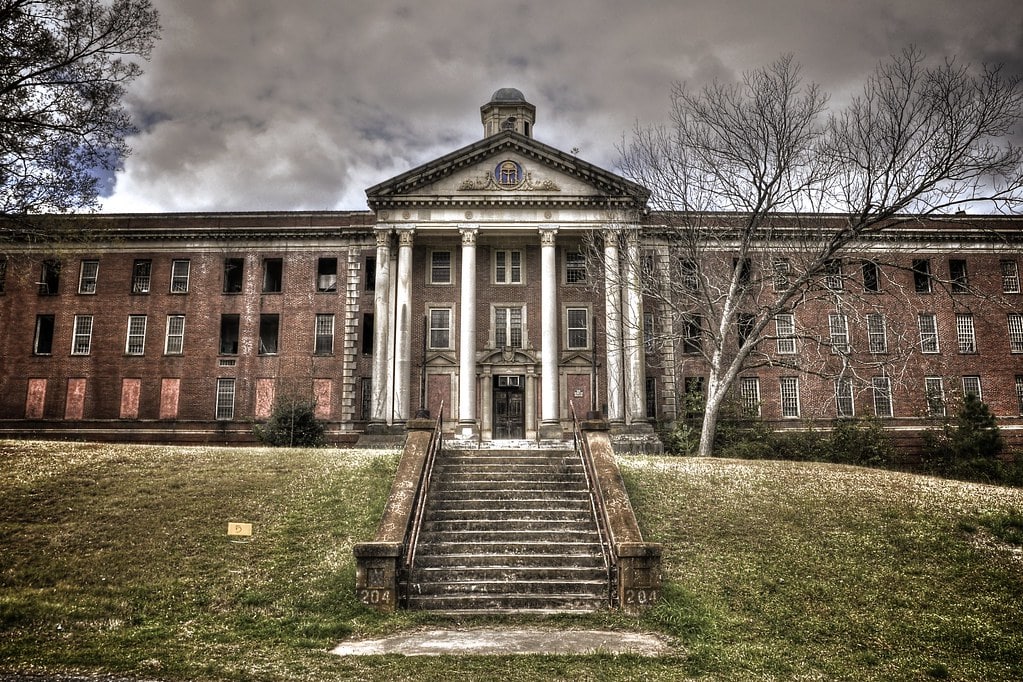
The Great Emptying
By the 1970s, Central State Hospital was changing.
New medicines made it possible for more patients to live outside institutions.
The government started closing large hospitals and moving people into community care.
The number of patients at Central State dropped quickly.
Buildings that once held thousands were now half-empty.
In the following decades, entire sections of the hospital shut down.
By the early 2000s, the Jones Building stood abandoned.
The long hallways, once filled with footsteps, were now silent.
Paint peeled from the walls. Water dripped from broken ceilings.
Some rooms were locked and left untouched as if waiting for patients who would never return.
In 2010, the Georgia Department of Behavioral Health and Developmental Disabilities announced the hospital's closure.
The last of the patients was moved elsewhere. The buildings, once full of life and routine, sat empty.
Grass grew through cracked sidewalks. The windows broke. Doors rusted shut.
Now, only a small part of Central State Hospital remains open.
A place that once held thousands now cares for only a few hundred patients in certain buildings.
Most of the hospital is empty, its crumbling halls a shadow of what it used to be.
The Lingering Dead
There is no silence at Central State Hospital. Not really. The wind moves through broken windows, dragging whispers through empty corridors.
The graveyards, their headstones reduced to numbered plaques, shift beneath creeping vines.
Those who walk these grounds at night claim the air itself hums as if something unseen still stirs.
Central State's dead outnumber the living. Over 25,000 bodies lie beneath its soil, buried without ceremony, many without names.
Some say the earth is restless. Visitors report uneasy sensations, an unnatural heaviness in their limbs, and a pressure in their chests.
Some turn back before reaching the heart of the hospital, claiming they feel watched.
Others press on, drawn by something they cannot explain.
The Jones Building, long abandoned, has gained a reputation.
Security guards refuse to patrol it after dark.
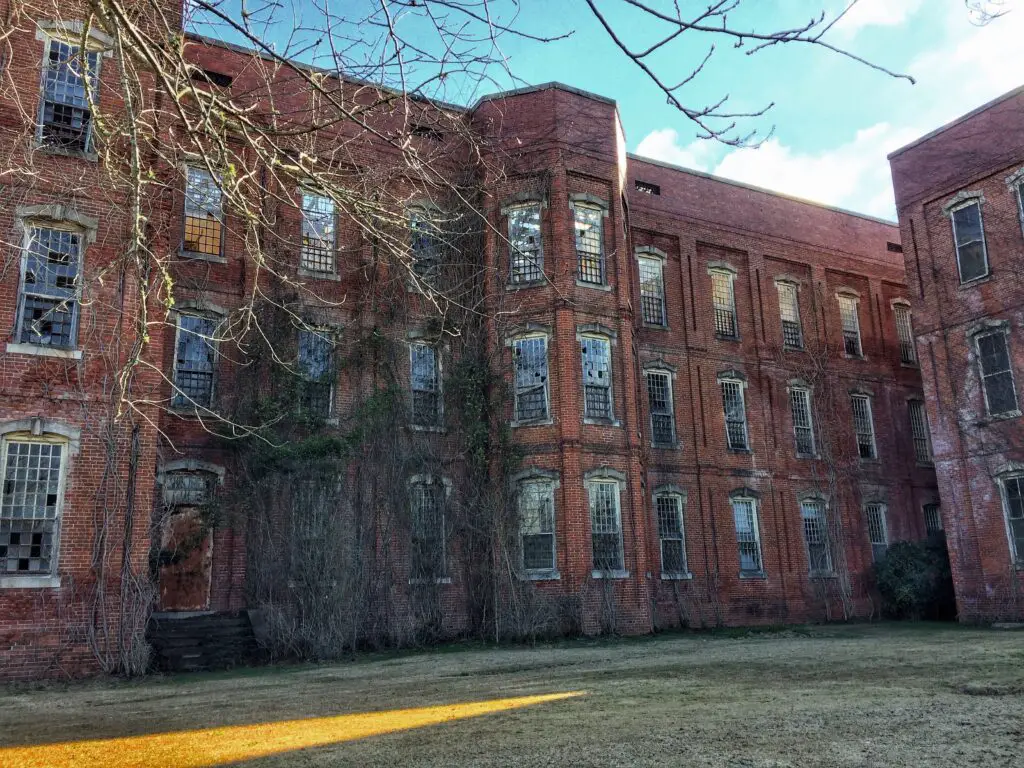
Urban explorers speak of doors slamming behind them, the air turning sharp with the scent of something metallic.
A handful claim to have seen figures in hospital gowns drifting through the ruins before vanishing like breath on glass.
Paranormal investigators have recorded strange anomalies, such as electronic voice phenomena, shadows caught on film, and temperature drops without cause.
There are darker rumors. Stories of staff who never left. Patients whose agony imprinted itself on the walls.
Some claim that if you stand in the right hallway at the right time, you will hear them, muffled cries, the rustling of unseen footsteps.
A nurse once whispered of a certain room in the Powell Building, a place so thick with something unseen that even skeptics refused to enter.
Some say ghosts are just memories with unfinished business.
If so, Central State Hospital is full of them.
The Ruins Stand Still
The decay is absolute. Buildings once meant to house thousands now crumble beneath Georgia's heavy heat.
Paint peels from walls like old skin, curling in brittle ribbons.
Water stains stretch across ceilings, dark and sprawling like Rorschach tests left to rot.
Entire wings remain locked, their doors swollen shut, their rooms untouched since the last patients left.
The Powell Building still stands, its columns weathered but unbroken, watching over the emptiness.
The Jones Building, more ruin than structure, is dangerous to enter.
Time has hollowed it from the inside, turning floors to splinters and ceilings to dust.
A place once alive with movement now belongs to the insects, the creeping ivy, the rusting metal.
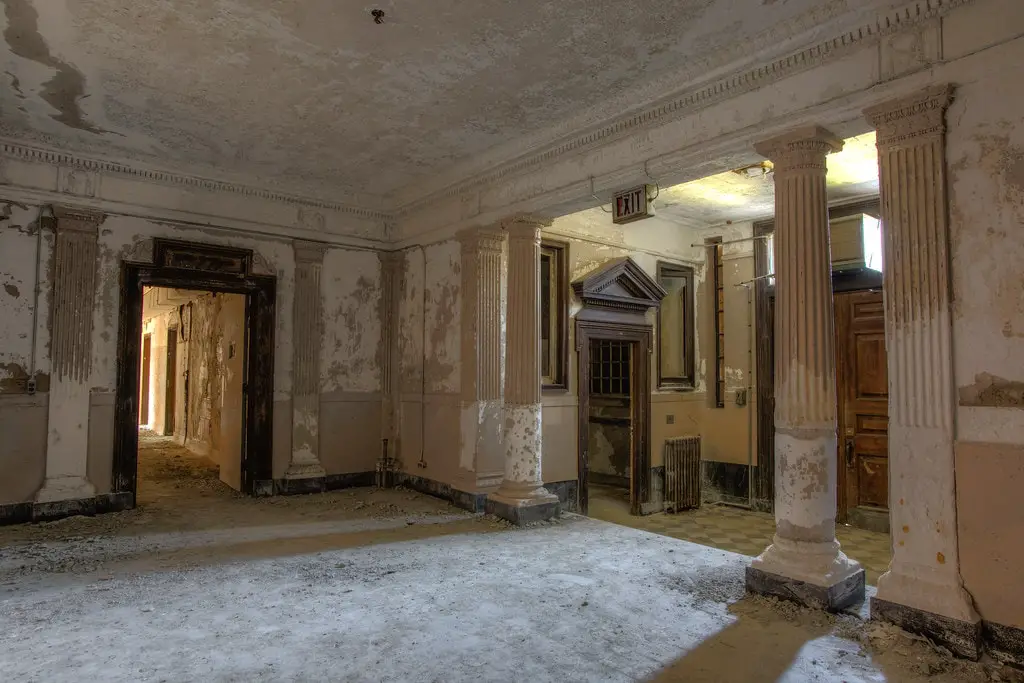
Preservation efforts began in 2005 when Central State Hospital was added to the National Register of Historic Places.
But progress is slow, and decay is relentless.
There are whispers of redevelopment, plans to turn parts of the property into something useful, parks, offices, even a museum.
But much of it will remain untouched, too damaged to save, too burdened by history to erase.
And still, people come. Ghost hunters. Photographers. Thrill-seekers.
They slip through fences, ignoring warnings drawn by stories of shadowy figures and unseen hands.
Some leave disappointed, finding only ruin. Others leave unsettled, convinced they heard something that cannot be explained.
In the daylight, Central State Hospital is a crumbling monument to the past.
But at night, beneath the weight of history and silence, it is something else. Something waiting.
The great hospital, once the largest of its kind, is now a relic. But its ghosts remain.

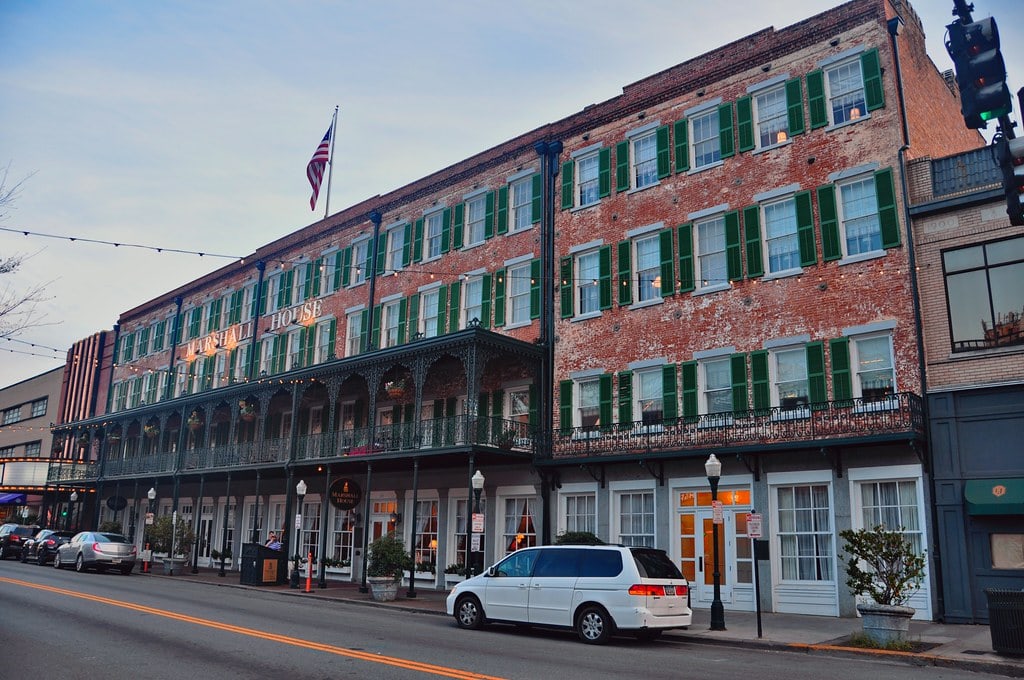
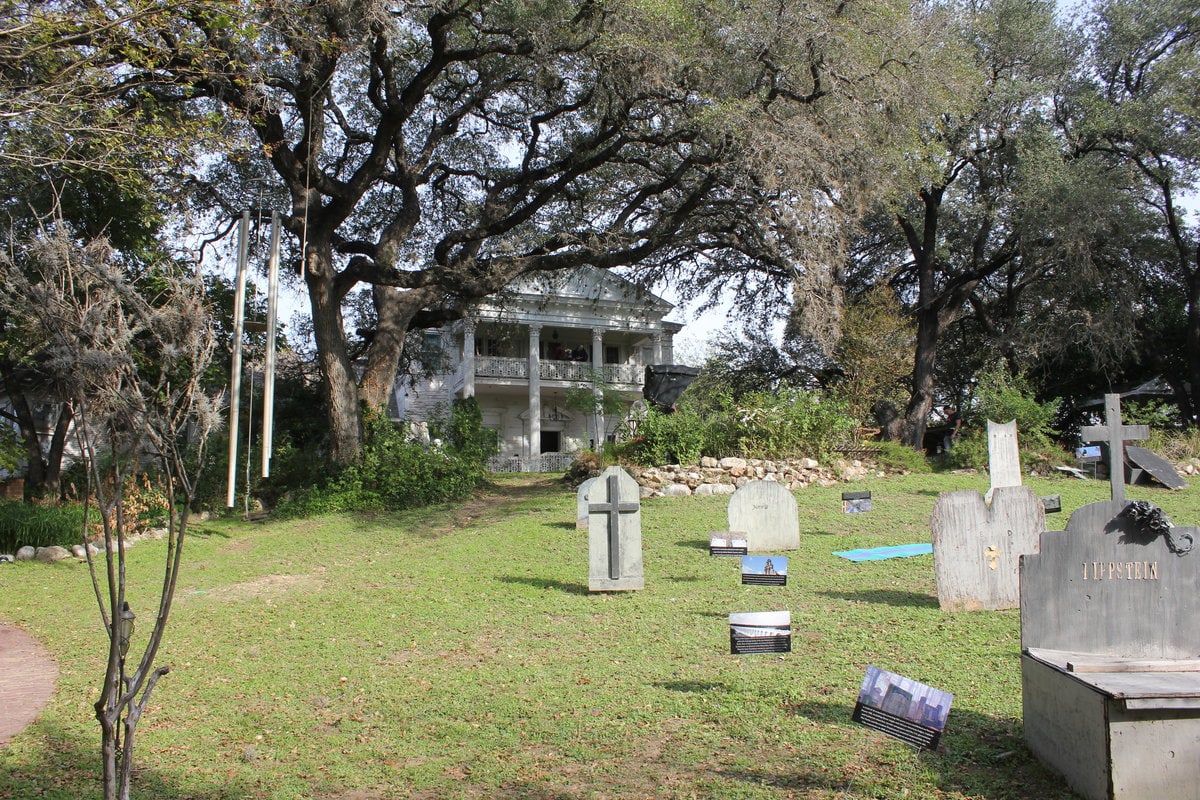
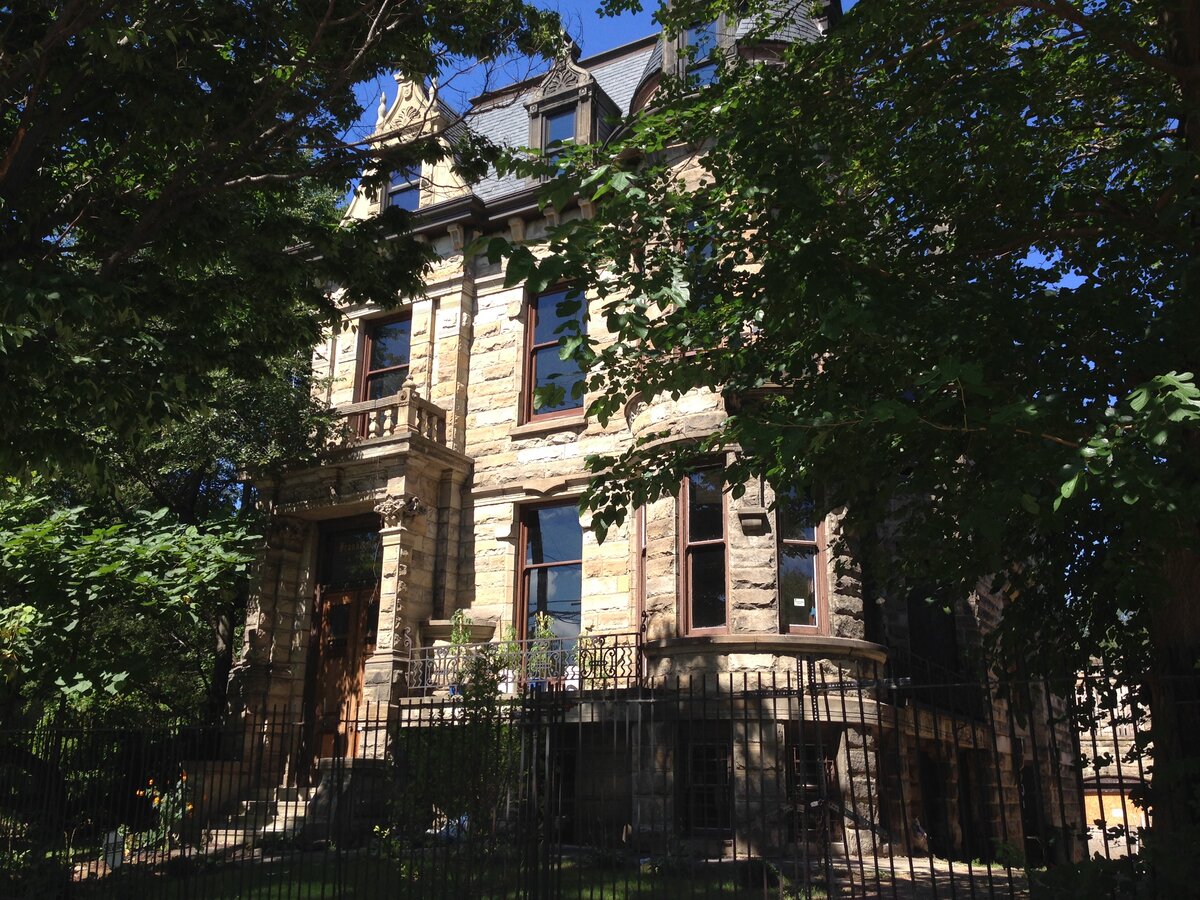
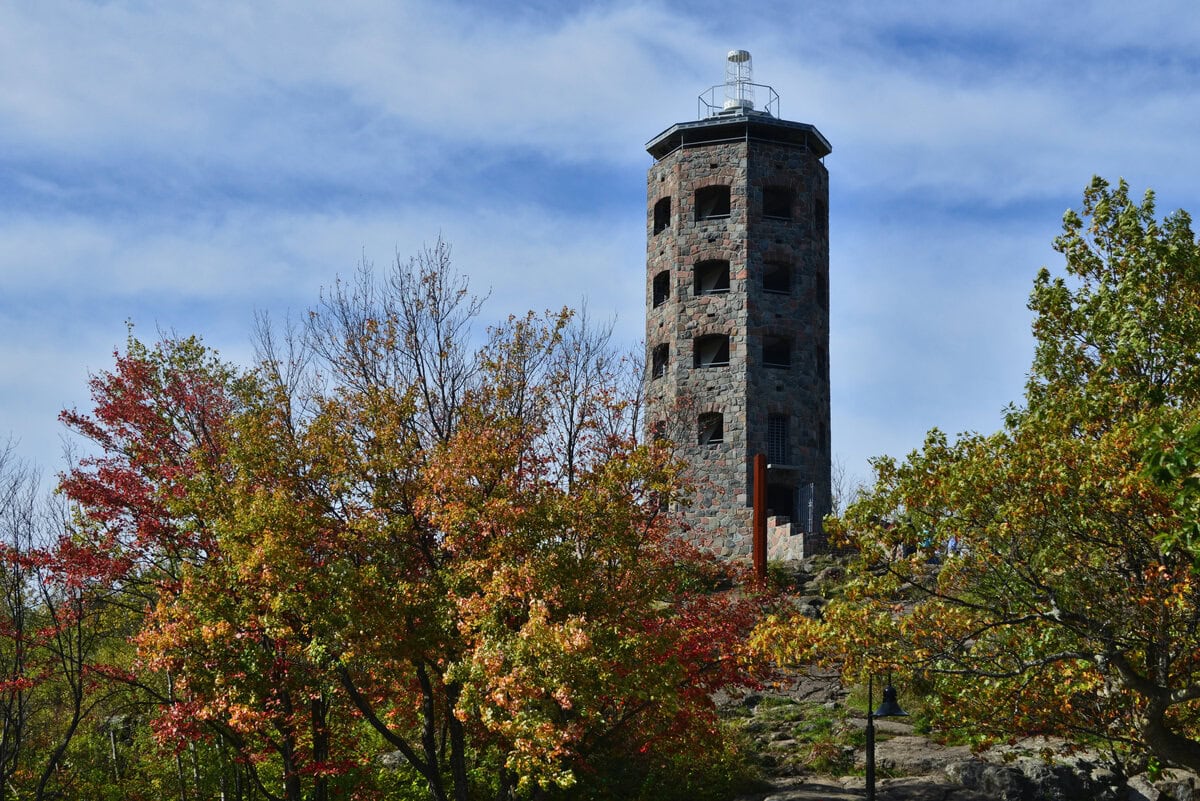
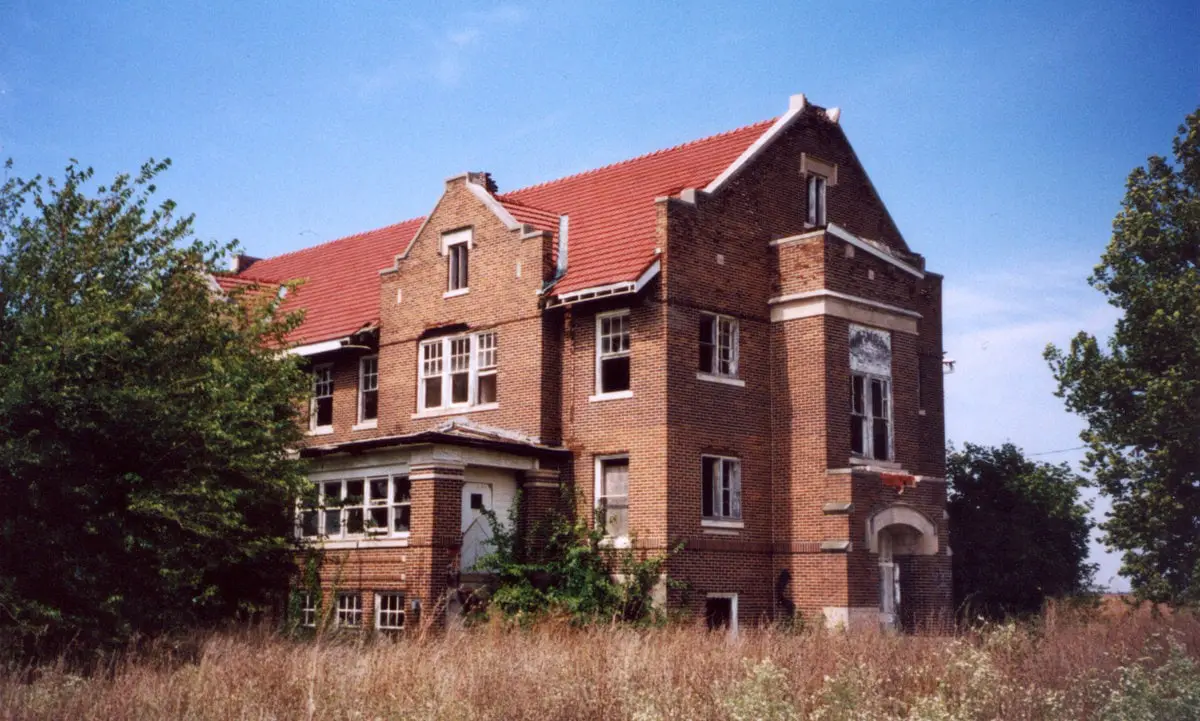
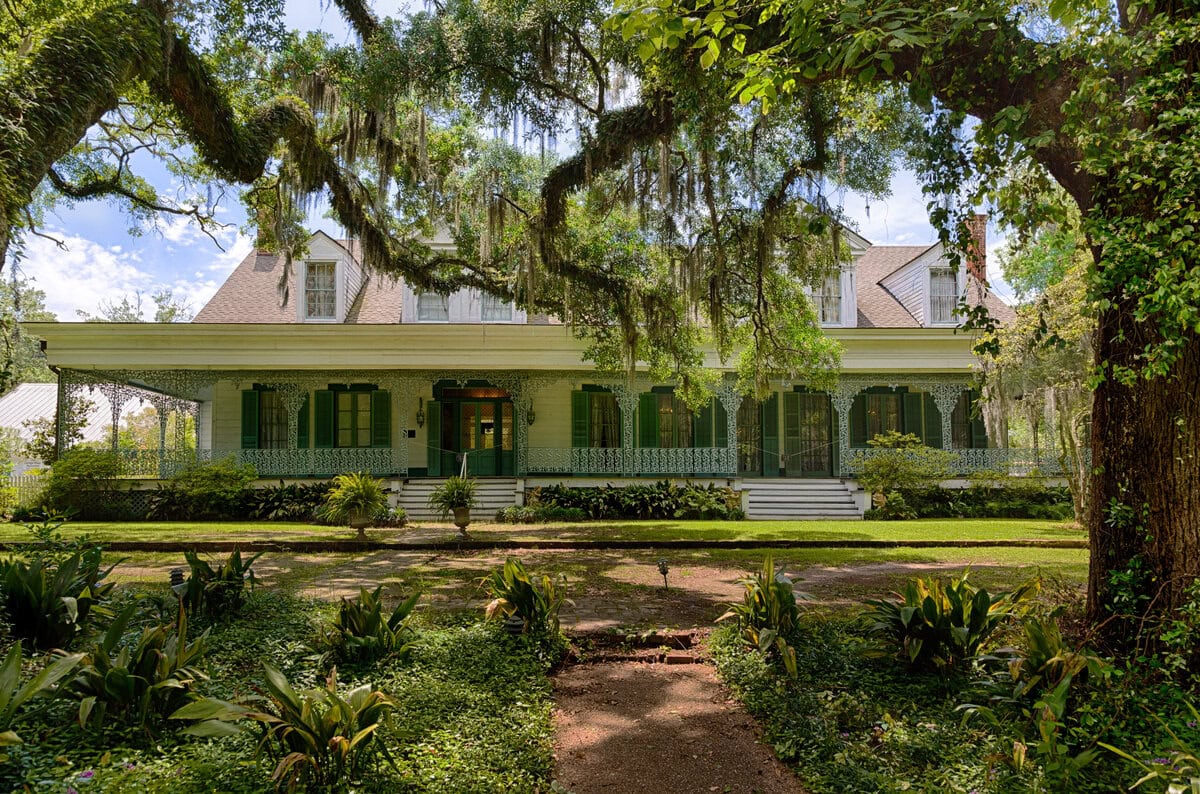
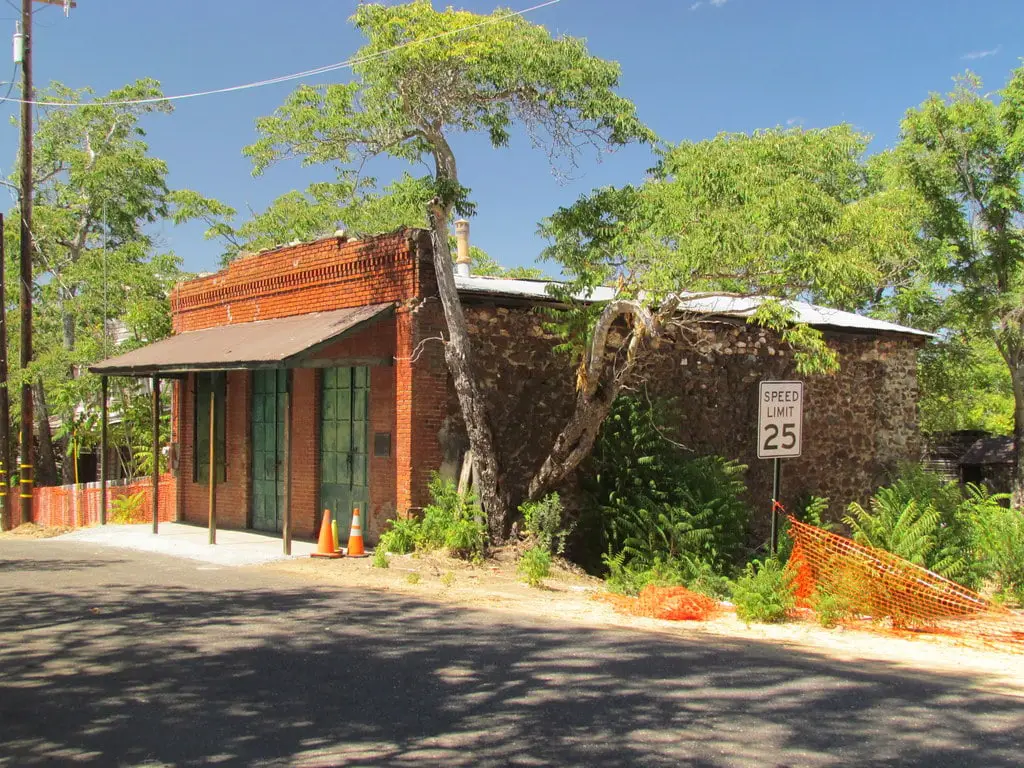

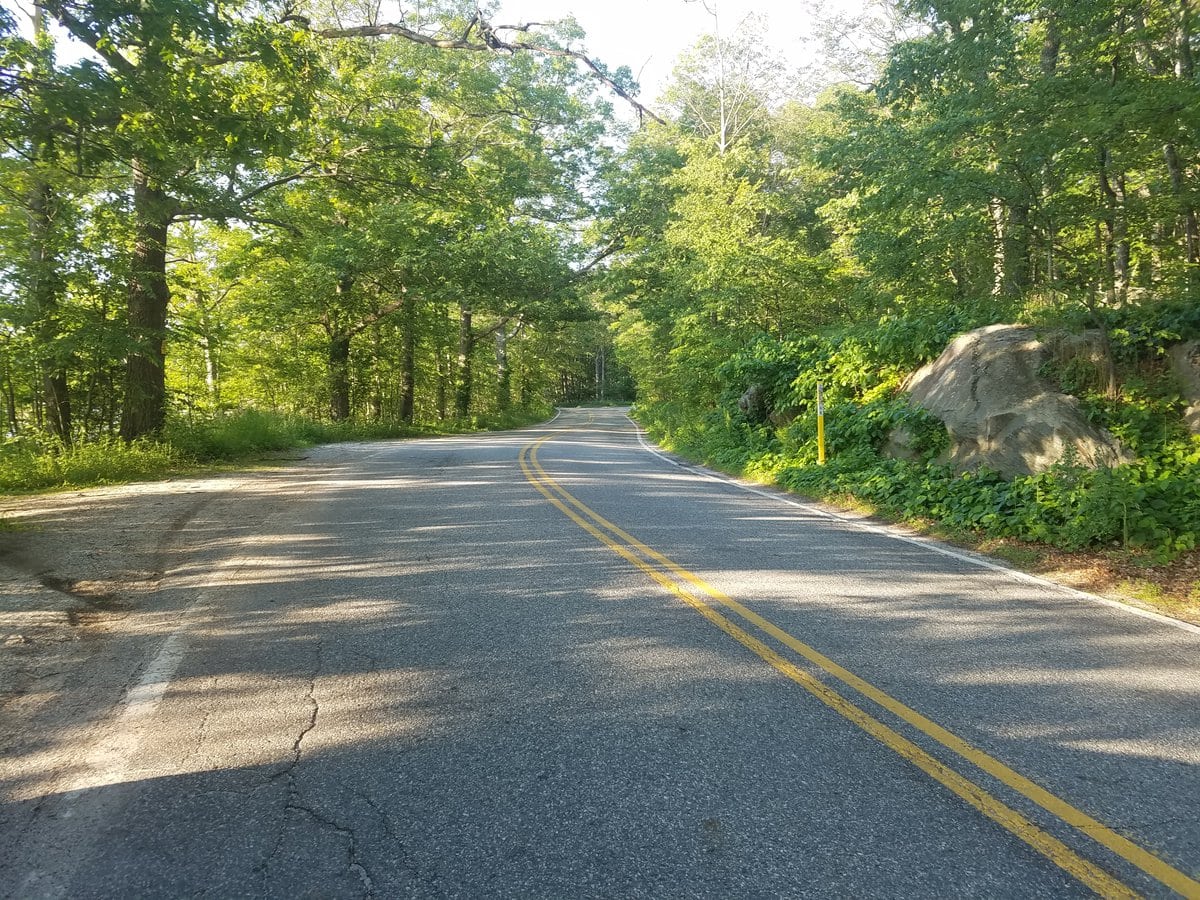
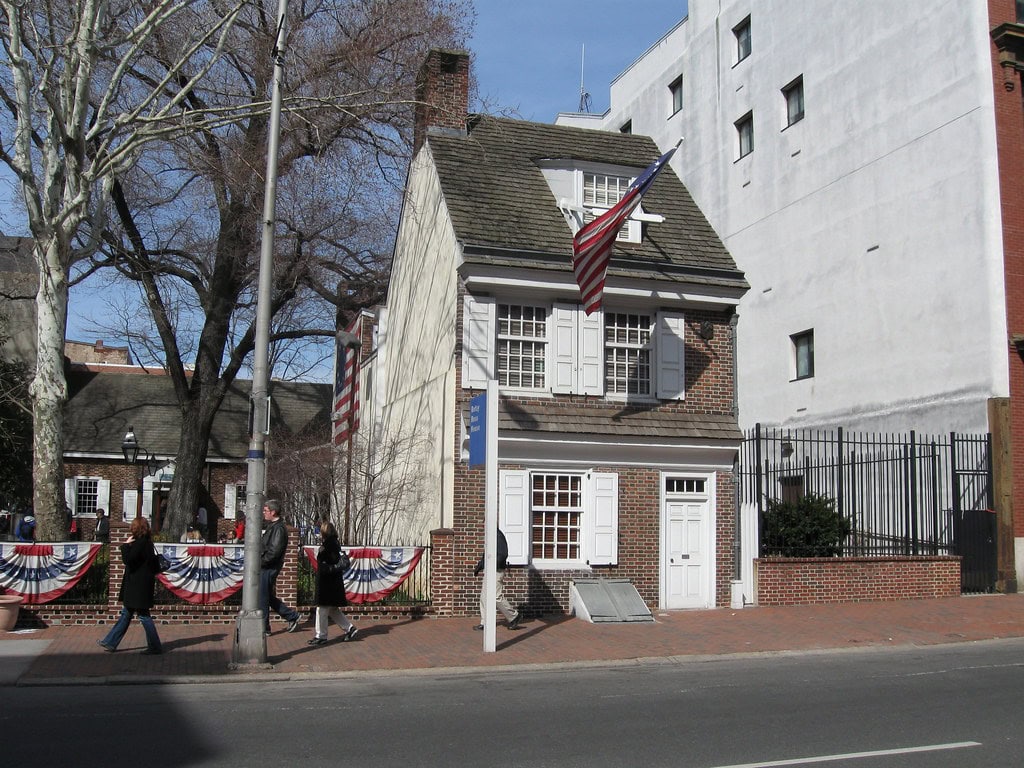
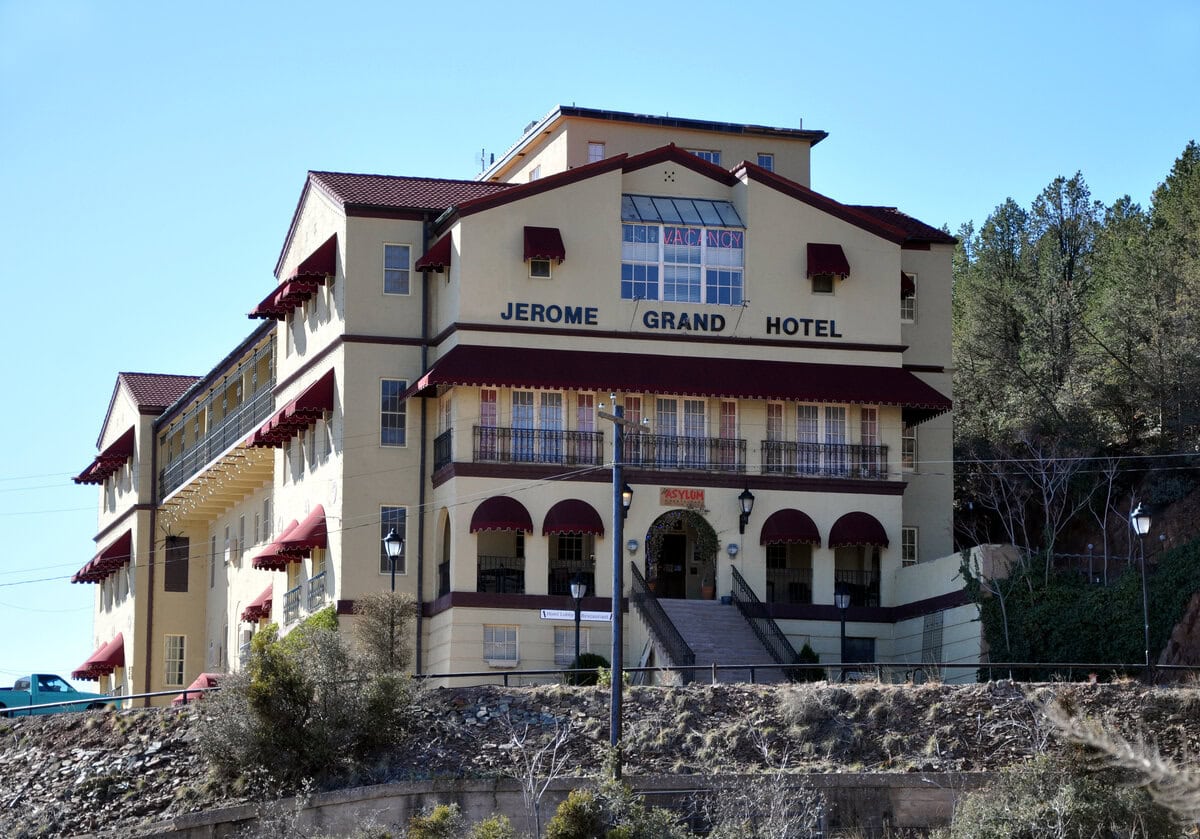
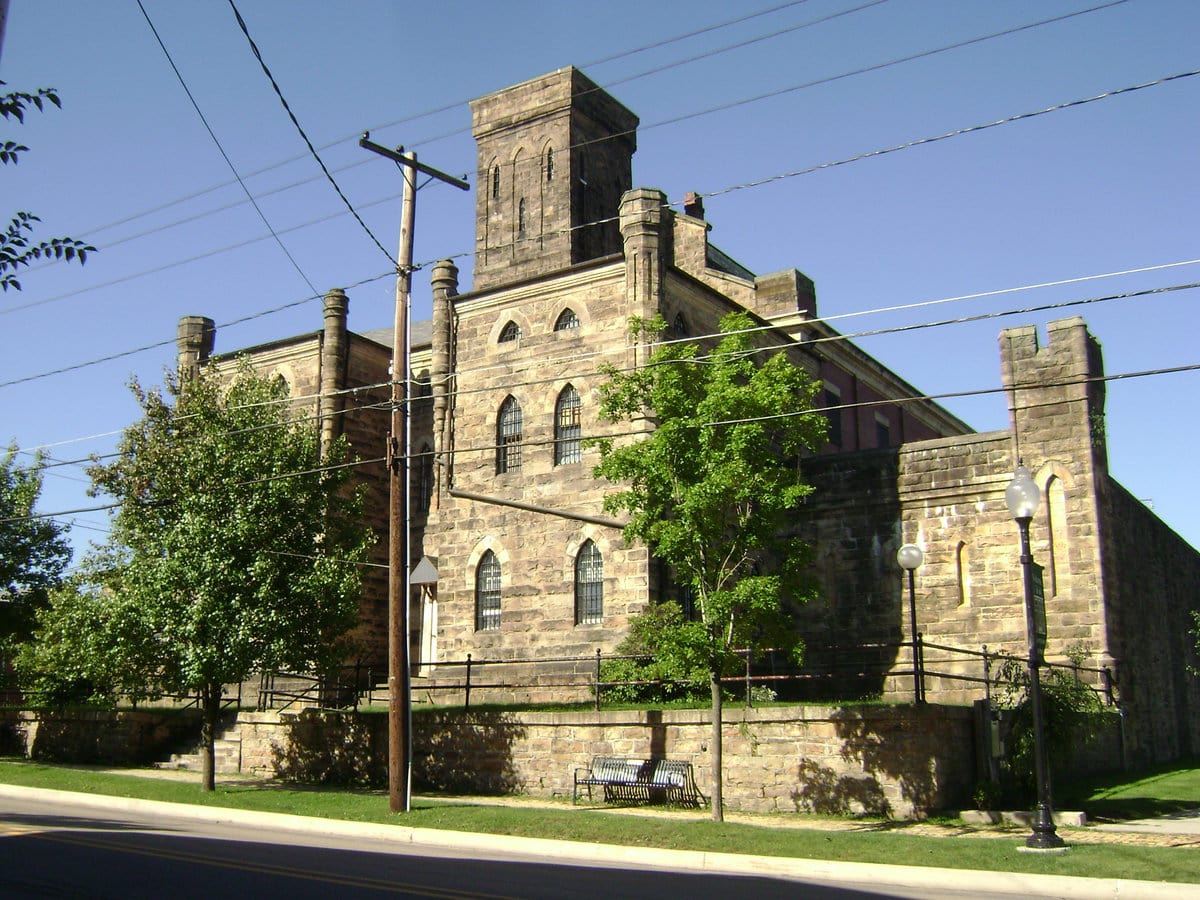
thanks for the article. It was interesting and sad at the same time. I will be reading further about it. If I were younger, I would liked to have taken the tour there. Im sure it would be impresssive. Again, thx.
I appreciate your comment. It's always great to see someone delve further into a topic after reading. Thanks for sharing your reaction to the article.
I remember being a juvenile and being forced in handcuffed in back of a police car being escorted to this facility in the early 2000s juvenilles were held in the very back of the back building on a separate wing blacker than black when pulling up and I was terrified it was a very creepy place then the padded rooms being stripped naked throw into a locked padding room for hours was not fun does not surprise me it has a reputation of being haunted. buy interesting story I would definitely watch a ghost adventures episode starring this building but that's as close as I ever want to get to that place ever again!!
I appreciate your honesty. Places like that carry real pain; it's easier to visit through a show rather than in person, especially with your memories.
I lived on the property from 1971 to 1996.my father was a psychiatrist there so we had a house across from the Arnold building. I rode my bike around those buildings growing up and remember the yells from patients. was a different way to grow up.
Living on the grounds of one of the largest mental hospitals in the country—that's a childhood few can imagine. I can only guess how much those sounds, those buildings, and that history shaped your perspective.